10 ways to maximize your social media presence
Building your personal name brand on social media can be difficult, and even overwhelming.
With so many people, brands, and different ways to interact, one can easily get lost in the constantly updating flow of statuses! However, merely having a presence on social media is not enough. Having a strong presence on social media is what matters. Number of followers, likes, shares, and retweets are great indicators of how much influence you have in your field.
Here are a few tips on how to maximize your social media presence and influence:
1. Create a twitter name and handle.
Use your first name, nickname, or full name for your Twitter handle. You can be as creative as you like, but if you’re aiming for a professional account, stick to a handle that includes your name, initials, or affiliation. Once you begin figuring this stuff out, you can upload a picture and create a short bio that fits your findings.
A few great examples:
@QueenRania (the Queen of Jordan) – a mother and a wife with a really cool day job…
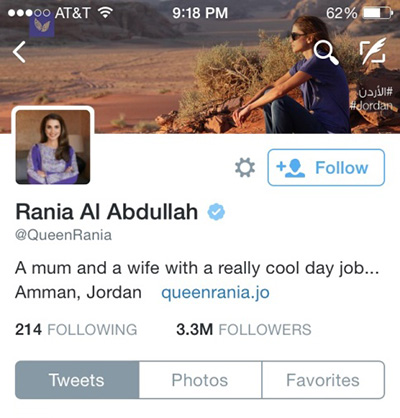
@snotforprofit – the only person on Twitter who doesn’t claim to be a social media guru. (notice she has 7K+ followers)
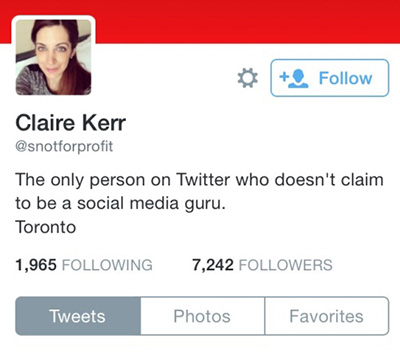
2. Find your Twitter niche
Ask yourself: What kind of social media account am I? What do my followers like about me? What kinds of posts are getting the most engagement? Are they posts that are funny, opinionated, critical, or inspirational? Who are my followers, and who are they following? After understanding these questions, follow people and brands in your field and interact with them regularly to build relationships and knowledge.
3. Post frequently on Twitter but not Facebook
It’s ok if you post the same thing on Twitter multiple times and tweet throughout the day. The content on most Twitter dashboards completely renews after 15 minutes, so if you feel you posted something great but nobody liked or interacted with it, post it again! Chances are nobody caught it.
Unlike with Twitter, Facebook posts are filtered, which is why too many posts a day (more than three) can be overwhelming for your friends. That means you don’t get to see what every single one of your friends posted—only the ones Facebook thinks you’re interested in through your patterns of past engagement (likes, comments, and shares). Also, since the character limit for Facebook posts is very long (60,000 characters!) and Facebook posts will reappear depending on their popularity, Facebook already summarizes the content for your viewers.

4. Live tweet
Live tweeting is a great way to connect with your followers while at an event or running a campaign (you can live tweet leading up to it, as well). Live tweeting can also attract the general media’s attention and is an easy way to gain followers since you’re tweeting on the same subjects. And those who weren’t lucky to make the actual event will be thankful for your updates.
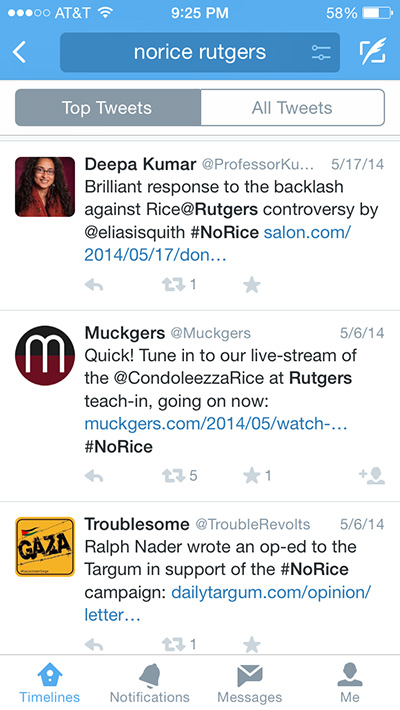
5. Be sure to use hashtags
If you’re at an event or conference, where there are multiple workshops and lectures happening at the same time, you can use hashtags to share what you’re learning while seeing what others are posting as well. Here are some popular socially conscious hashtags:
-
#HigherEdNotDebt: Young activists bringing attention to the rising issue of student loan debt by sharing facts, numbers, articles, policies, and personal stories.
-
#hashtagDivest: Young activists mobilizing on social media and updating their followers on their divestment campaign targeting fossil fuels.
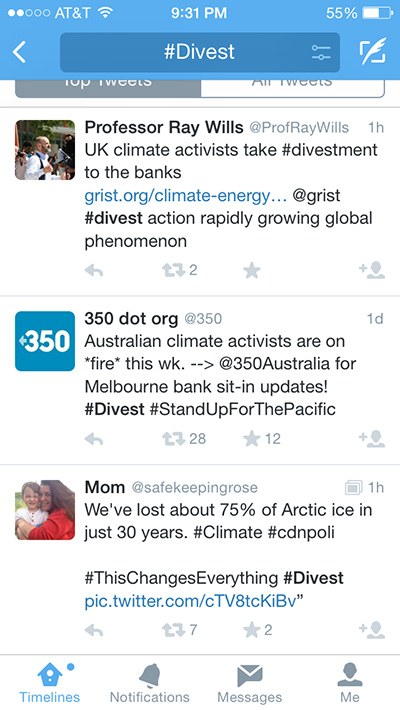
- #YesAllWomen: Women from all over the world coming together to speak about normalized violence and harassment they face regularly. http://time.com/114043/yesallwomen-hashtag-santa-barbara-shooting/
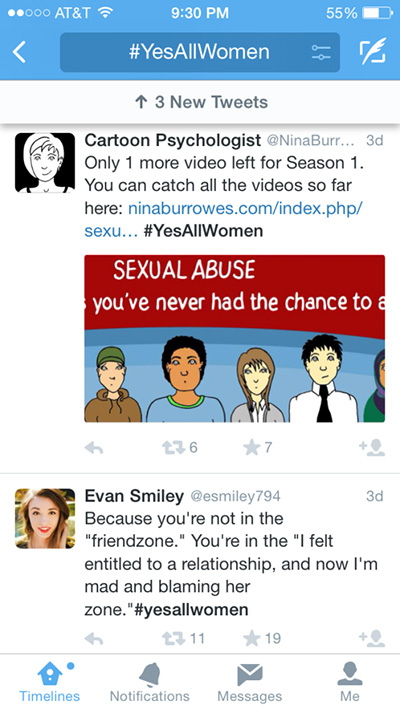
6. Engage in real interactions
Your followers are more likely to remember, and get positive impressions of you, if you keep showing up in their mentions/notifications. Replying to questions, contributing to discussions, and sharing your stories are more meaningful methods of interactions than clicking “favorite” or “retweet.”
Try tweeting “#FF Follow Friday” and tagging all your new followers of the week every Friday to show that you acknowledge them and encourage them to connect with you. Also, be sure to reply, favorite, comment, etc. whenever you can to stay engaged.
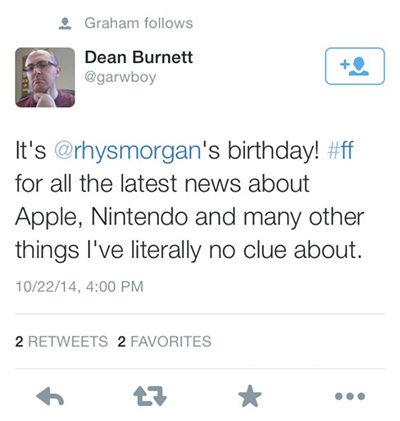
7. Use reply tweets and link tweets so your thoughts don’t get lost on the timeline.
It can be hard to squeeze a thought into 140 characters. If what you want to say can fit in two tweets, or you want to share a story, send your second tweet as a reply. That way, people can keep track of your story easier. Plus, it will take up more space on your timeline and bring itself to the top of your timeline with every new tweet.
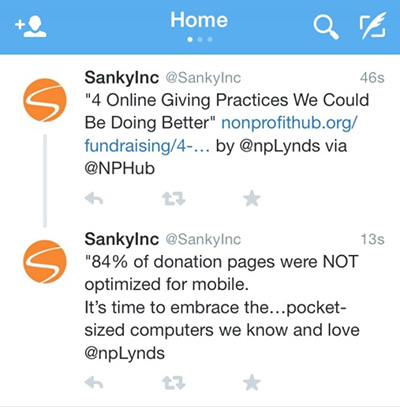
8. Know what to post on each website. Don’t connect your accounts.
Twitter and Facebook serve different purposes. Most people on Twitter don’t want to see the pictures from your family vacation, and your Facebook friends don’t want your minute-by-minute commentary on every game of the playoff series. Also, following someone on Twitter and being friends with someone on Facebook are completely different things, so you may not want your friends and followers to have access to your posts on both networks.
9. Be careful: Twitter is a public forum.
That means that your tweets don’t belong to you and can be used as evidence in court or as content in a news story.
Social media can be a fun, educational, and empowering experience when done correctly. It’s important to balance your energy and time into all the accounts you’re on and be conscious of what information you choose to share.
If you enjoyed or learned from this blog post, please tweet it and tell us what you think!
